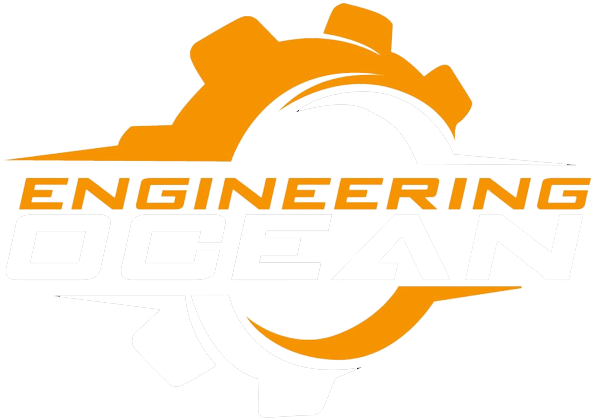How Float Level Sensors Can Increase Your Profit!
Lever sensors are helpful to determine how full or empty a specific container is. Level sensors give an output electrical signal at pre-determined levels to indicate when to open or close the control valves.

What is a Float Level Sensor?
Float level sensors are continuous level sensors that consist of a magnetic float that rises and falls as the liquid level changes. As the float moves, it produces a magnetic field that activates a hermetically sealed reed switch in the stem of the level sensor, making the switching either open or close.
Types of Level Sensors
The type of level sensors is usually determined by the type of substance to be measured, the environment in which you will use the sensor, and the mounting position of the sensor. Some of the most common sensor level types are:
Capacitive Level Switches
Capacitive level switches offer a primary full or empty level indication determined by the sensor’s mounting position. This non-contact switch utilizes a sensing field to determine liquid levels. These switches can give accurate switching even in cases of high residue build-up.
Vibrating Level Probes
Vibrating level probes use a fork or a rod that continuously creates high-frequency vibrations. When the vibrating probe contacts the medium, the vibration alters, and the vibrating and the vibrating level switch outputs a switching command. They also serve as overfill protecting devices or low-level indicators liquids and in granular and powder bulk switches.

Conductive Level Switches
These switches utilize a stainless-steel probe with an electrical contact output to measure a particular liquid level. They are combined with a level control level to monitor and set each probe. Conductive level switches are used in reservoirs, ponds, closed vessels, pharmaceuticals, and open tanks.
Ultrasonic Level Sensors
These types of Float Level sensors produce ultrasonic sound pulses reflected from a liquid medium’s surface. The time that this electronic pulse is calculated by the sensors, which then identifies the distance of the liquid to give a precise fill level. The response of such sensors is impacted by pressure, turbulence, temperature, and moisture.
Applications of Float Switches
Various float switches are used for industrial and commercial applications involving water, chemicals, oils, and other liquid materials. You can choose vertical and side mount options and material options with the stem made from plastic or non-magnetic metal such as stainless steel.

